公司规模
Mid-size Company
地区
- America
国家
- United States
产品
- Plex Manufacturing Cloud
技术栈
- Cloud ERP
实施规模
- Enterprise-wide Deployment
影响指标
- Productivity Improvements
- Customer Satisfaction
技术
- 平台即服务 (PaaS) - 数据管理平台
适用行业
- 食品与饮料
适用功能
- 商业运营
用例
- 库存管理
- 过程控制与优化
服务
- 系统集成
- 软件设计与工程服务
关于客户
Dominion Liquid Technologies is a customer-focused food and beverage manufacturer based in Cincinnati, Ohio. The company has a wide range of liquid products and has achieved and maintained Organic and Kosher certifications, as well as the SQF Food Safety and Quality Certification for its manufacturing facility. Despite being a relatively young company, Dominion Liquid Technologies has made significant strides in the food and beverage industry, particularly in the manufacturing of liquid goods. The company is committed to maintaining high standards of quality and safety in its products, which is reflected in its certifications. Dominion Liquid Technologies is also focused on customer satisfaction and operational efficiency, which has driven its decision to implement advanced technological solutions to enhance its manufacturing processes.
挑战
When Dominion Liquid Technologies acquired a specialty coffee syrup manufacturer, they faced significant challenges in making the new entity successful. The priorities were to improve traceability, quality, and inventory control capabilities without a huge capital investment. Historically, different teams within the manufacturing process worked in silos, making information sharing slow, clumsy, and error-prone. It was extremely difficult to get accurate and reliable data on inventory levels and expiration dates. The company required a system that could provide real-time information to make better-informed decisions, which was vital for bottom-line growth.
解决方案
Dominion Liquid Technologies partnered with Plex and Revolution Group to deploy the Plex Manufacturing Cloud. The Plex solution was chosen for its real-time, integrated nature, particularly its traceability, quality, and inventory control capabilities. Revolution Group played a crucial role in evaluating ERP solutions and deploying the technology, ensuring that the management team gained greater confidence in decision-making across all aspects of the business. The deployment was completed in just six months, streamlining operations across the board. Technicians can now share data from pre-operational checks, and the new quality control process ensures that specifications are always met. From a business perspective, the management team can evaluate downtime, line productivity, and identify different kinds of scrap to see significant margin improvement. Interdepartmental communication has improved tremendously, and the system has had a spectacular effect on the efficiency of the production floor.
运营影响
数量效益

Case Study missing?
Start adding your own!
Register with your work email and create a new case study profile for your business.
相关案例.

Case Study
The Kellogg Company
Kellogg keeps a close eye on its trade spend, analyzing large volumes of data and running complex simulations to predict which promotional activities will be the most effective. Kellogg needed to decrease the trade spend but its traditional relational database on premises could not keep up with the pace of demand.
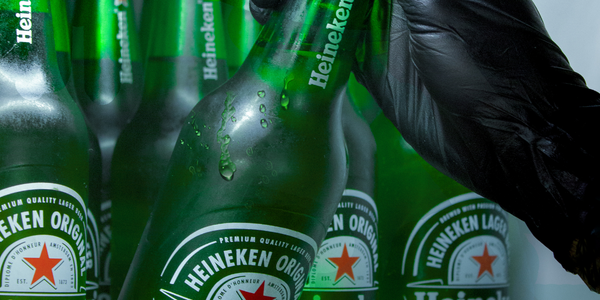
Case Study
HEINEKEN Uses the Cloud to Reach 10.5 Million Consumers
For 2012 campaign, the Bond promotion, it planned to launch the campaign at the same time everywhere on the planet. That created unprecedented challenges for HEINEKEN—nowhere more so than in its technology operation. The primary digital content for the campaign was a 100-megabyte movie that had to play flawlessly for millions of viewers worldwide. After all, Bond never fails. No one was going to tolerate a technology failure that might bruise his brand.Previously, HEINEKEN had supported digital media at its outsourced datacenter. But that datacenter lacked the computing resources HEINEKEN needed, and building them—especially to support peak traffic that would total millions of simultaneous hits—would have been both time-consuming and expensive. Nor would it have provided the geographic reach that HEINEKEN needed to minimize latency worldwide.
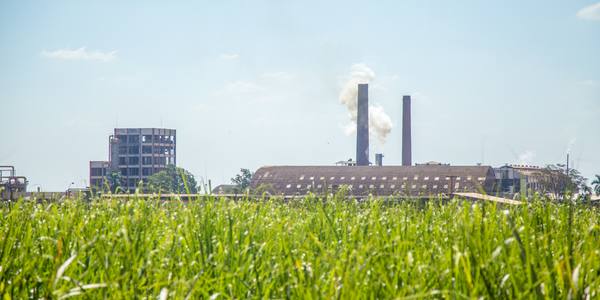
Case Study
Energy Management System at Sugar Industry
The company wanted to use the information from the system to claim under the renewable energy certificate scheme. The benefit to the company under the renewable energy certificates is Rs 75 million a year. To enable the above, an end-to-end solution for load monitoring, consumption monitoring, online data monitoring, automatic meter data acquisition which can be exported to SAP and other applications is required.
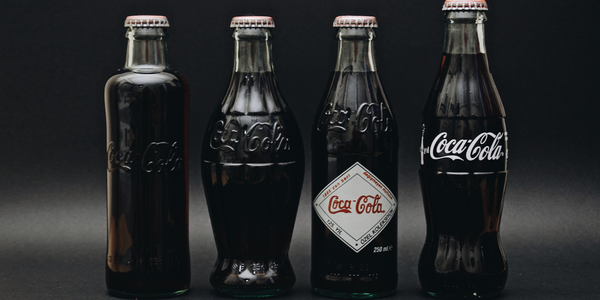
Case Study
Coca Cola Swaziland Conco Case Study
Coco Cola Swaziland, South Africa would like to find a solution that would enable the following results: - Reduce energy consumption by 20% in one year. - Formulate a series of strategic initiatives that would enlist the commitment of corporate management and create employee awareness while helping meet departmental targets and investing in tools that assist with energy management. - Formulate a series of tactical initiatives that would optimize energy usage on the shop floor. These would include charging forklifts and running cold rooms only during off-peak periods, running the dust extractors only during working hours and basing lights and air-conditioning on someone’s presence. - Increase visibility into the factory and other processes. - Enable limited, non-intrusive control functions for certain processes.
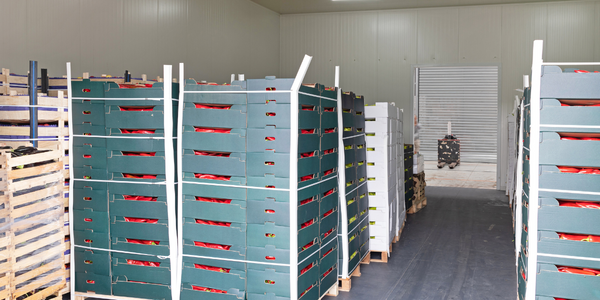
Case Study
Temperature Monitoring for Restaurant Food Storage
When it came to implementing a solution, Mr. Nesbitt had an idea of what functionality that he wanted. Although not mandated by Health Canada, Mr. Nesbitt wanted to ensure quality control issues met the highest possible standards as part of his commitment to top-of-class food services. This wish list included an easy-to use temperature-monitoring system that could provide a visible display of the temperatures of all of his refrigerators and freezers, including historical information so that he could review the performance of his equipment. It also had to provide alert notification (but email alerts and SMS text message alerts) to alert key staff in the event that a cooling system was exceeding pre-set warning limits.
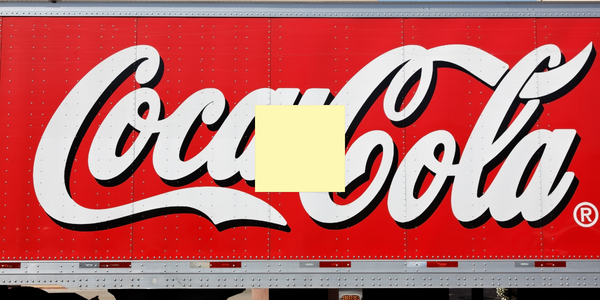
Case Study
Coca-Cola Refreshments, U.S.
Coca-Cola Refreshments owns and manages Coca-Cola branded refrigerators in retail establishments. Legacy systems were used to locate equipment information by logging onto multiple servers which took up to 8 hours to update information on 30-40 units. The company had no overall visibility into equipment status or maintenance history.







